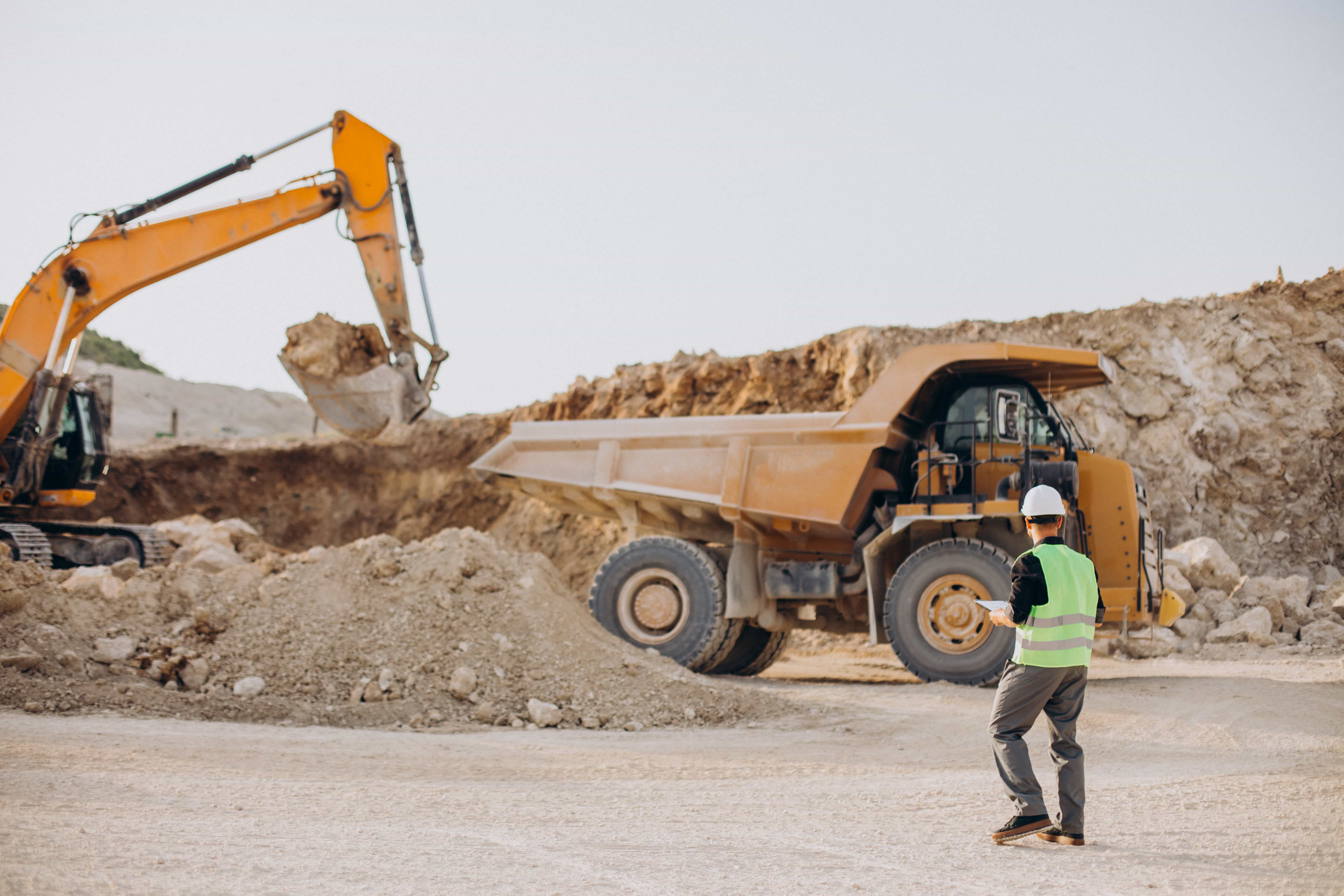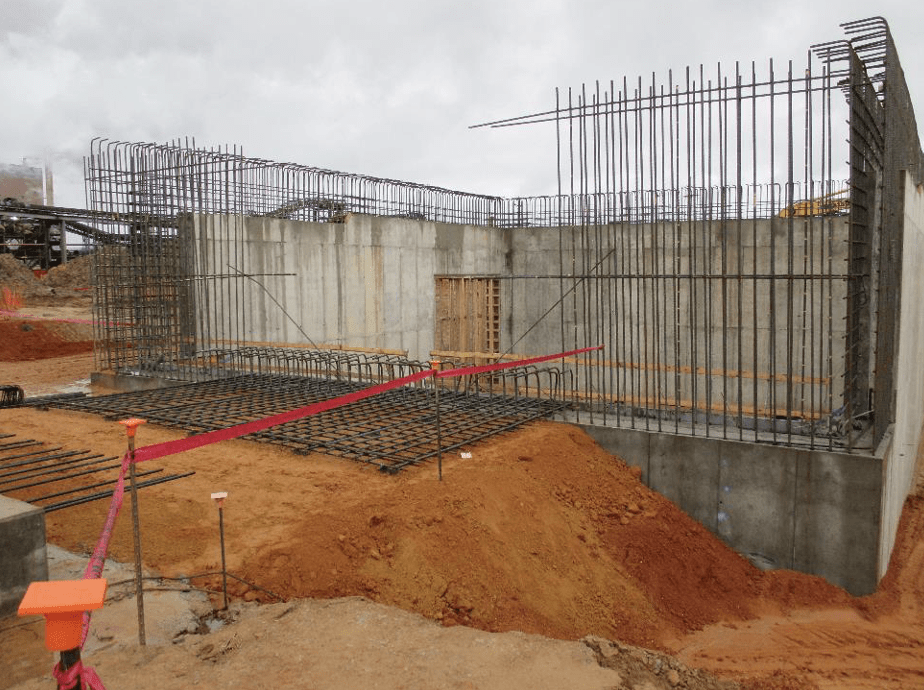Experienced Geotechnical Geologist for In-Depth Ground Investigations
Experienced Geotechnical Geologist for In-Depth Ground Investigations
Blog Article
How Consulting Engineers Enhance Geotechnical Design Projects: Insights Into Their Knowledge, Methodologies, and Collaborative Approaches
Consulting designers are critical in enhancing geotechnical design tasks, using their specialized expertise to browse the complexities of subsurface conditions. Their joint approaches foster communication amongst varied task stakeholders, ultimately shaping the job's trajectory.
Function of Consulting Engineers
The expertise of consulting designers in geotechnical design is fundamental to the successful execution of building tasks. These specialists play a critical function in examining dirt and rock homes, which are essential factors influencing design and construction decisions. By carrying out thorough site investigations, speaking with designers accumulate essential information that educates the design procedure, ensuring tasks are improved steady and appropriate ground.
Consulting engineers also offer indispensable insights right into danger management (geotechnical geologist). They identify potential geotechnical hazards, such as landslides, soil liquefaction, and settlement concerns, making it possible for stakeholders to carry out efficient mitigation techniques. Their know-how help in enhancing foundation designs, which can bring about considerable expense savings and boosted safety
Additionally, consulting engineers function as a crucial link between task proprietors, architects, and professionals. Their capacity to translate complicated geotechnical data right into actionable recommendations cultivates collaboration and assists in notified decision-making throughout the job lifecycle. This multidisciplinary technique not only boosts job efficiency however also makes sure compliance with governing requirements and ideal practices.
Trick Approaches in Geotechnical Design

One main method is website examination, which involves conducting area examinations and laboratory evaluations to collect information on subsurface problems. Methods such as Criterion Penetration Testing (SPT) and Cone Penetration Testing (CPT) are commonly utilized to examine dirt stratigraphy and toughness. Additionally, geophysical methods, including seismic and electrical resistivity studies, supply non-invasive ways to assess subsurface characteristics.
Another crucial approach is numerical modeling, which enables designers to replicate various scenarios and predict how soil-structure communications will certainly act under different loading problems. Limited Element Evaluation (FEA) is an usual strategy employed in this context.
In addition, the style of structures, keeping structures, and earthworks relies heavily on these techniques - geotechnical geologist. By integrating advanced analytical tools with area data, seeking advice from engineers can create tailored options that deal with specific task difficulties, ultimately adding to the stability and safety and security of building projects
Relevance of Dirt Analysis
Dirt analysis functions as a foundational component in geotechnical engineering, offering necessary insights right into the physical and chemical homes of dirt required for reliable construction preparation. Understanding soil attributes is important for identifying its load-bearing capability, water drainage actions, and potential for settlement or instability. Thorough soil examinations, including tasting and research laboratory testing, assistance recognize parameters such as soil kind, moisture content, thickness, and shear toughness.
These analyses notify the selection of suitable construction methods and products, ultimately influencing job safety and security and longevity. useful source For circumstances, natural soils may need various structure layouts contrasted to granular dirts, demanding customized engineering services. Soil evaluation help in recognizing impurities that can posture threats to human health or the environment, permitting for the growth of reduction techniques.
Incorporating soil evaluation right into the beginning of job advancement helps to minimize unforeseen obstacles, making certain that designers can expect and deal with potential issues prior to they intensify. By establishing a detailed understanding of the site conditions, speaking with designers can maximize style performance and minimize costs, thereby boosting the general success of geotechnical engineering tasks.
Collective Methods in Tasks
Effective geotechnical projects usually rest on collaborative strategies that bring with each other diverse proficiency from numerous self-controls. Effective partnership among speaking with designers, geologists, ecological scientists, and building and construction professionals is critical for dealing with intricate difficulties see this website and maximizing job outcomes. By leveraging the special abilities and understanding of each staff member, tasks can gain from an all natural understanding of the site conditions, governing requirements, and design constraints.
Routine interaction and interdisciplinary meetings help with the sharing of understandings and foster a society of teamwork. These collective initiatives enable the identification of prospective threats early in the project lifecycle, enabling for prompt mitigation techniques. Incorporating comments from stakeholders, consisting of neighborhood areas and governing agencies, ensures that all point of views are taken into consideration, boosting task approval and conformity.
In addition, the assimilation of advanced innovations, such as Geographic Details Systems (GIS) and Building Information Modeling (BIM), more improves partnership. These devices allow for the real-time sharing of data and visualization of geotechnical conditions, promoting informed decision-making. Ultimately, a collaborative approach not only streamlines project implementation yet additionally lays the structure for ingenious options to complicated geotechnical engineering challenges.
Impact on Task End Results

Consulting designers employ sophisticated methodologies such as danger assessment and predictive modeling, which boost the accuracy of job projections. Their capability to incorporate innovative innovations, like geotechnical instrumentation and information analytics, even more improves the layout and building procedures. Therefore, projects experience boosted efficiency, decreased expenses, and minimized delays.
Additionally, cultivating efficient interaction and collaboration among employee boosts problem-solving abilities. When obstacles arise, an unified front permits speedy identification of services, stopping possible troubles. Full Article Ultimately, the collective initiatives of getting in touch with engineers add to better results, making certain that tasks meet both regulatory standards and client expectations.
Conclusion

Report this page